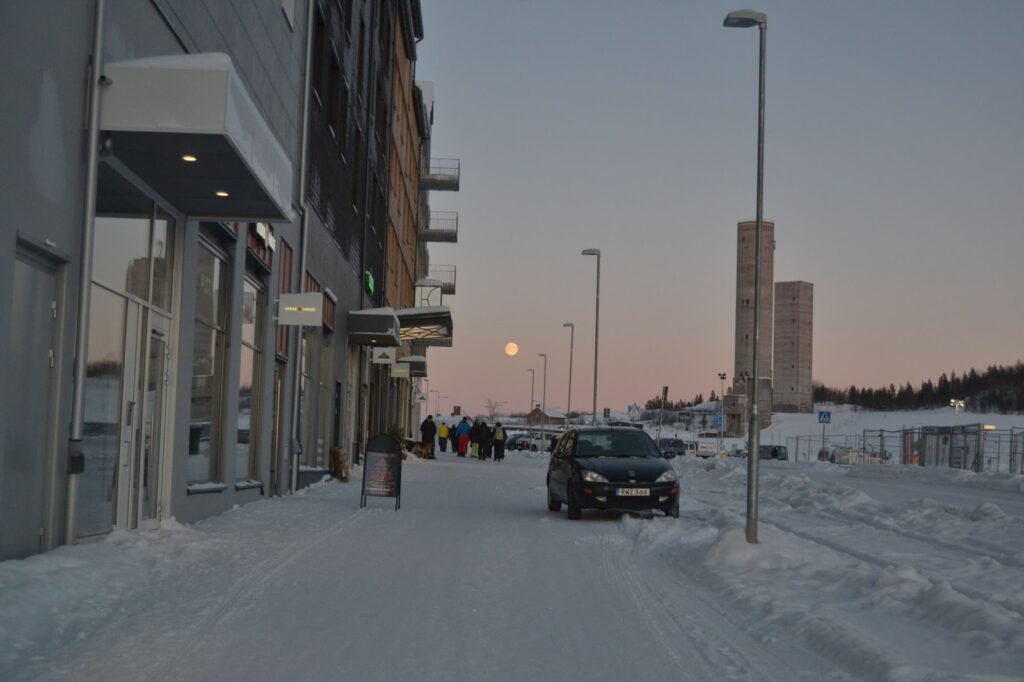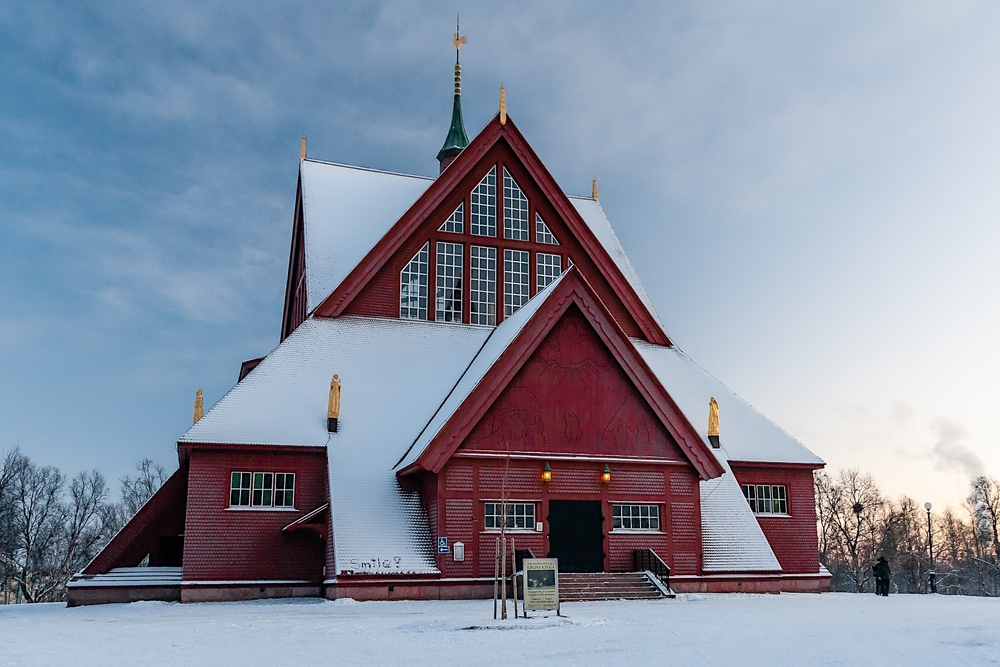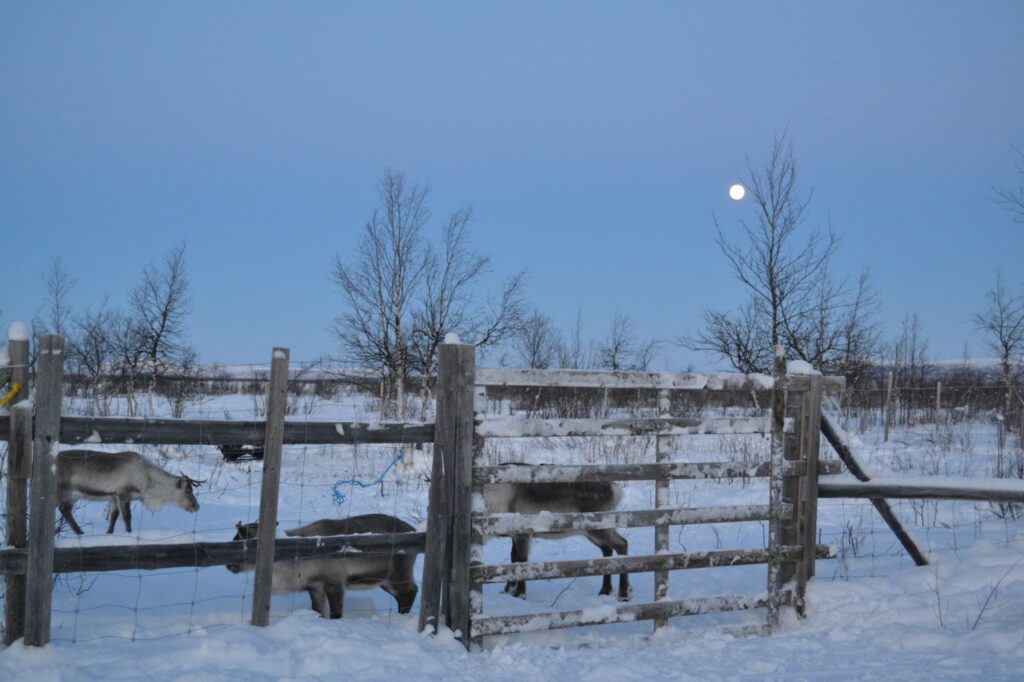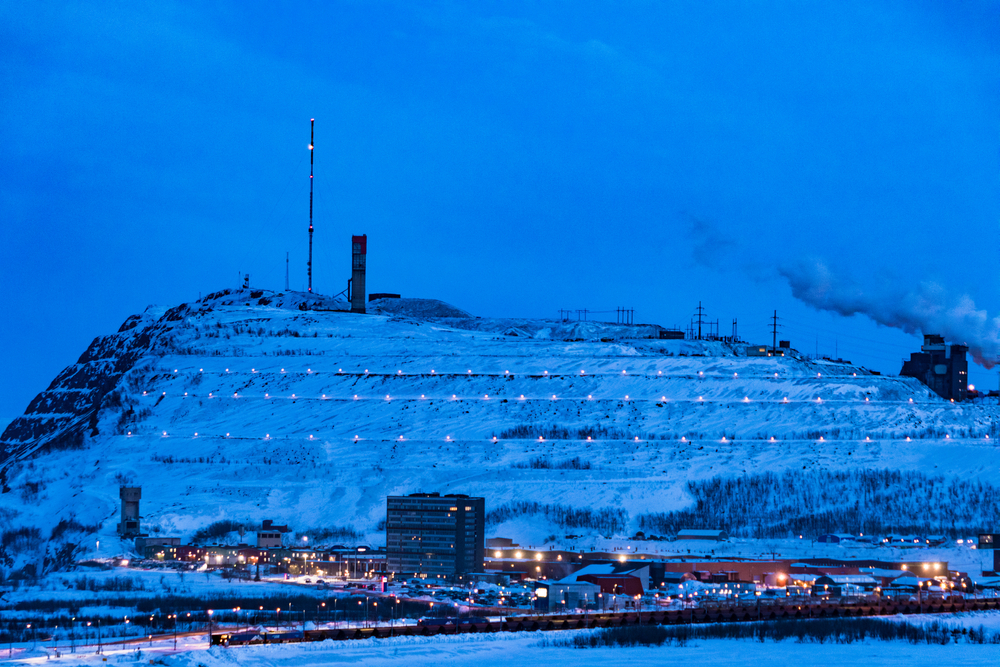On January 12th, 2023, LKAB, a government-owned Swedish mining company, announced the discovery of the largest deposit of rare earth elements in Europe. This finding represents a turning point for the production of energy in Europe, as they are often used in the production of electric cars and wind turbines and are therefore essential for the green transition. “But they’re important in virtually every other high-tech sector too, such as nuclear, medicine and energy production” explains the geologist Erik Jonsson in an interview with SVT. The Swedish minister for industry and energy, Ebba Busch, highlights the importance of this discovery: “there is great potential for Europe to lead the green transition. We can cut emissions and boost competition at the same time,” she adds.
The deposit was discovered in the area of Kiruna, in the region of Lapland. The city already owns some records: it hosts the largest iron mine in the world, it is the northernmost city in Sweden, and it is about to be moved 3 km to the east in the world’s most radical relocation project. The story of the city is unique, and its fate has, since its establishment, always been connected to mining. But Kiruna isn’t only a mining city with a—now more than ever— essential role in Europe. It is a main city in Swedish Lapland, an area where Swedish, Finnish and Sami cultures meet. Sami are the only indigenous people living within the borders of the EU. They inhabit the Sápmi region, which includes part of Sweden, Norway, Finland and Russia. The name Kiruna itself has its roots in the Sami culture: Kiruna comes from the Sami word giron, which means snow grouse.


Kiruna was officially founded in 1900 by Hjalmar Lundbohm, LKAB’s first Managing Director, ten years after the establishment of LKAB itself. However, the area was already inhabited by the Sami population, and archaeological findings traced the presence of people in Kiruna back to 6.000 years ago. The first Swedish settlement was established in 1647 when the first iron mine opened. In 1888, a train track to transport iron ore from Luleå (Sweden) to Narvik (Norway), passing through Kiruna, was built. Since then, the city has seen its population grow up to 23.000, shielded from the wind by its beating heart: the mine mountain Kiirunavaara. But the expansion of the mine is now endangering the city. A giant iron-ore body is located under Kiruna, and there is no way to reach it without putting the city at risk. Therefore, a solution was found: Kiruna had to move.
The chosen location for the new Kiruna is 3 km to the east, where a new city centre is currently under construction and where about 6.000 people will find their new homes. Other buildings, such as the emblematic church, are going to be moved, either dismantled and rebuilt, or literally transported from the old to the new city centre. The church in particular, is a meaningful landmark. Opened in 1912, it was voted the most beautiful building in Sweden in 2001 and, exactly like the city of Kiruna itself, takes its origin from the Sami culture. The church has almost no religious symbols, and it was built to be a place for the whole community to gather. The building of the church was entirely paid for by LKAB, and Hjalmar Lundbohm explicitly asked the architect to draw a church that resembled a Sami hut (lavvú).


But despite this homage paid to the Sami population, the existence of the mine that allowed the birth and growth of Kiruna has always been a threat to the Sami. These Arctic lands have been essential for the survival of the Sami culture for centuries—and they still are. The Sami have a particularly strong connection to the surrounding nature and reindeer-herding, an activity that is nowadays threatened by climate change and, according to the Sami, a failure by the Swedish government to respect their rights. The main source of food for reindeer is lichens, which have become rarer and rarer due to human influence. The fragmentation of land caused by the exploitation of territories does the rest. Stefan Mikaelsson, the deputy chair of the board of the Sami parliament, explained the problematic situation to the Observer: “We have the railroad and we also have the mining business and now the movement of the city centre. It is more and more difficult to continue with the movement of reindeers.”


In 2020, the UN committee on the elimination of racial discrimination (CERD) accused the Swedish law of discriminating against the Sami because of a concession to a mining project inside a Sami plot of land reserved for reindeer herding. Furthermore, Sweden didn’t ratify the Indigenous and Tribal Peoples Convention from 1989, a major international binding convention concerning indigenous people’s rights. The Sami community has seen its rights being disregarded since the beginning of Swedish interest in the North, and now that Kiruna has become a crucial site for the green energy transition in Europe, the situation is surely not going to improve.
In an interview with EUobserver, the Sami reindeer herder Tomas Kuhmunen portrays the different perspective that LKAB and locals have on the land as one of the main problems: “They [LKAB] don’t see the whole landscape in the same manner that we do when we’re herding our reindeers. And that is of course a major problem”. He adds: “They see this as an island, in a vast ocean of nothingness. They see it as fragmented”.
This creates an ethical dilemma regarding the green transition that the discovery of the new deposit in Kiruna is supposed to bring about: The rare earths are a new opportunity for Europe to build a future where our dependence on foreign or non-renewable resources is minimised. But for this to happen, Sami communities have to pay the price. When faced with the possibility of producing “green” iron in Sweden, Mikaelsson answered: “Not if it destroys remaining biological diversity. We want to retain our old culture and our old values to have a good life, not to have an easy life with high expenditures and unhealthy consumption habits.”
By Eugenia Maestrini








